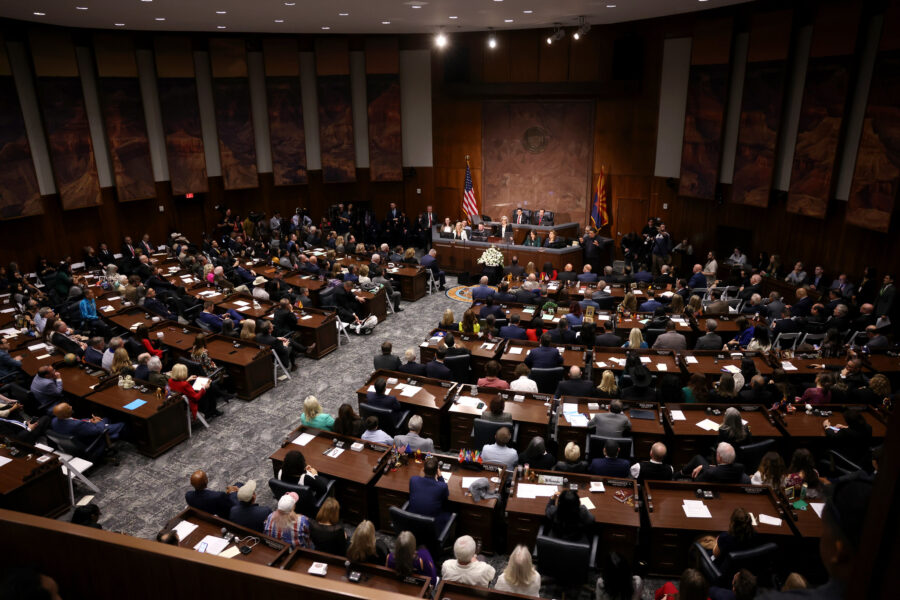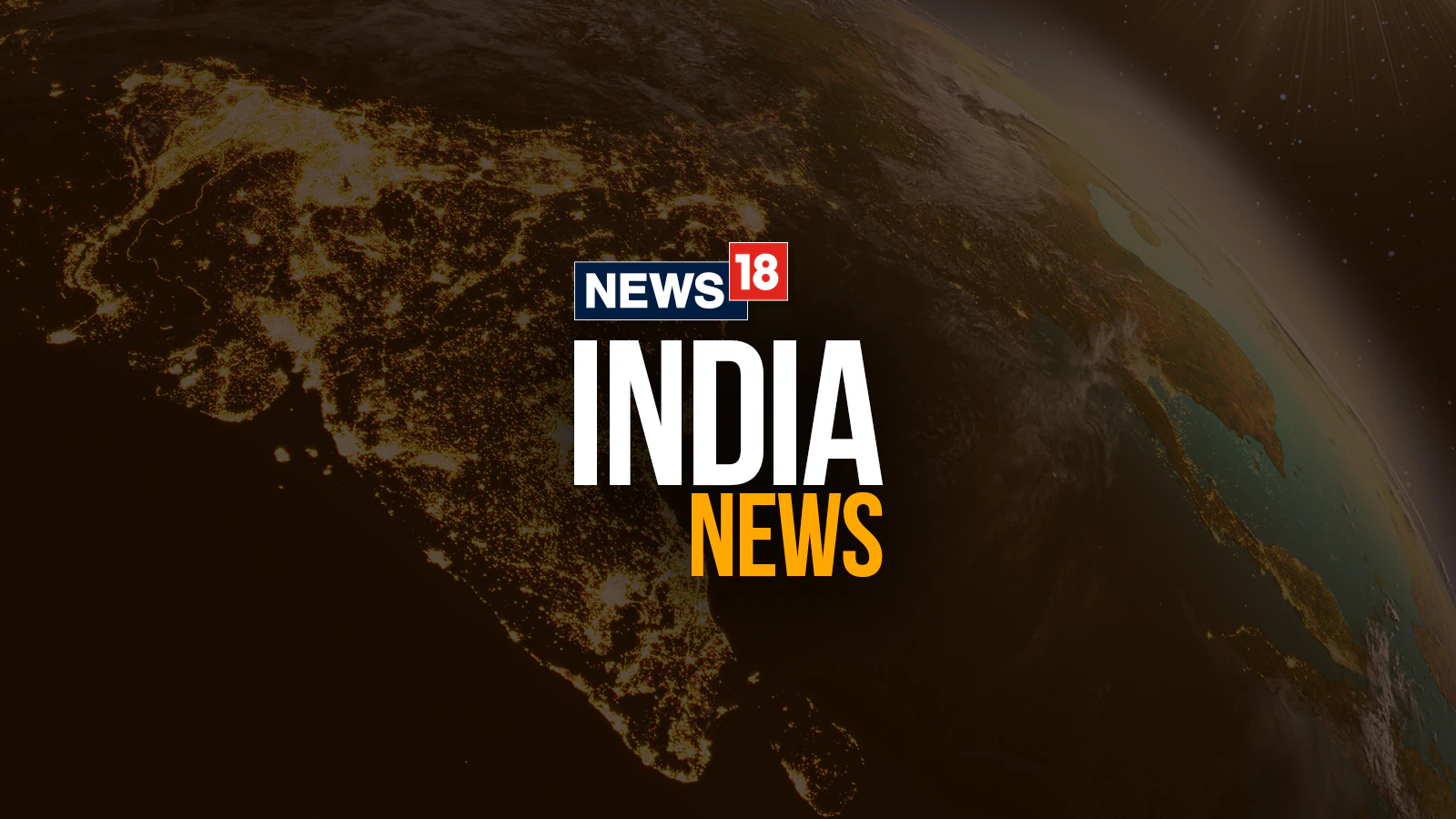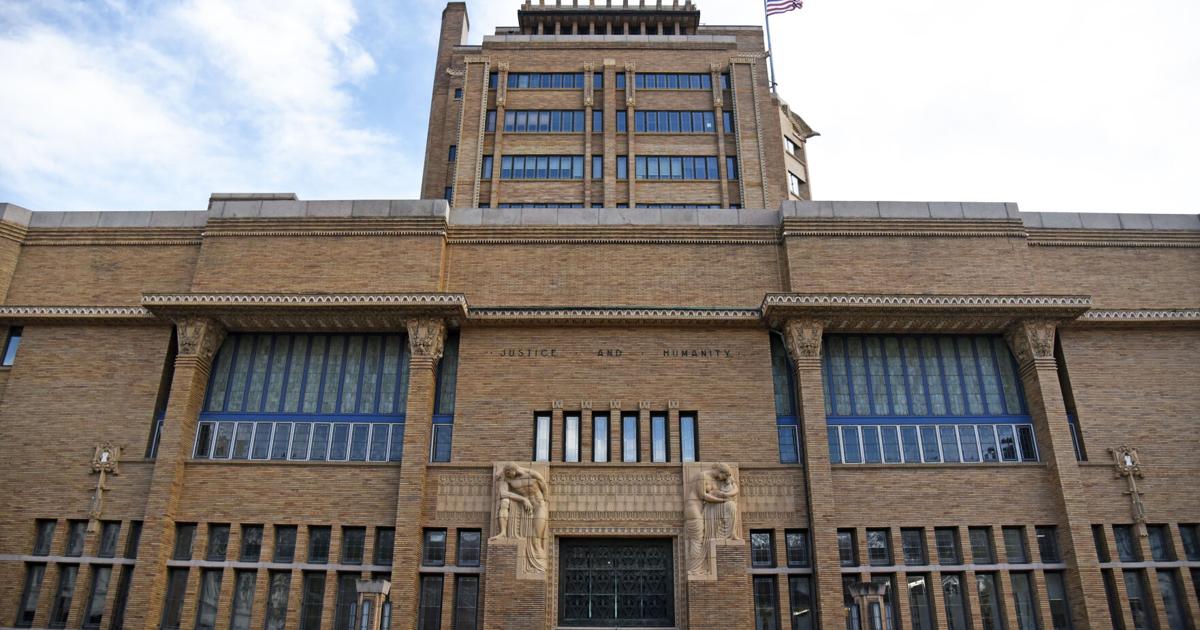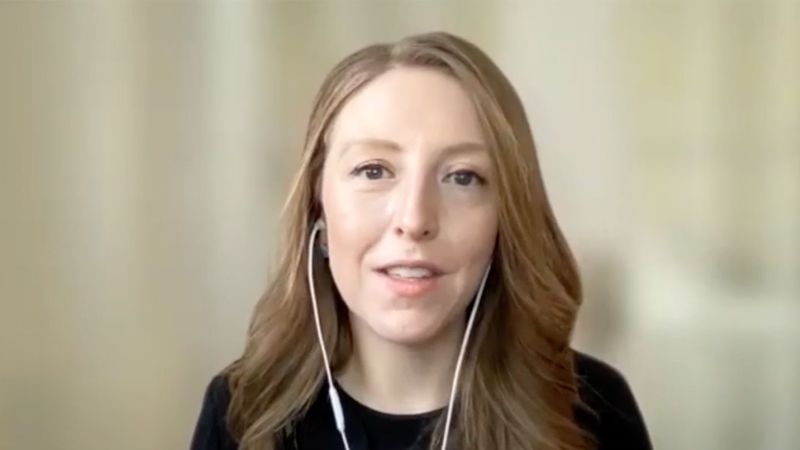Copyright Arizona Capitol Times

Millions of Americans who rely on the federal Supplemental Nutritional Assistance Program for food security are poised to miss their monthly benefits as the federal government shutdown continues with no end in sight. A federal judge on Friday ordered the Trump administration to use the Agriculture Department’s contingency funds, or pull from other savings, to pay out November benefits. But even if the Trump administration swiftly complies and releases the cash, it will take state agencies several days to process payments and load them onto families’ electronic benefit transfer cards. People who rely on food stamps will still have to wait for assistance, potentially without any other income available for buying groceries. In the absence of federal funding, states are racing to cover the gaps they can. But governors — primarily Democrats — have warned they have little discretionary money to close the gap. Some states are spending as little as a few million dollars to bolster food banks, while others are spending hundreds of millions to keep benefits flowing. Read more: SNAP, mapped: Which states will feel federal cuts the most Here is a comprehensive look at what every state is doing to fill the void left by the shutdown: Alabama: There are no plans to cover SNAP benefits. Gina Maiola, a spokeswoman for Gov. Kay Ivey (R), says the state does not have extra money to cover the costs. Birmingham Mayor Randall Woodfin (D) will ask the city council to commit $1 million to cover SNAP recipients in his city. Alaska: Gov. Mike Dunleavy’s (R) office says it has not identified emergency funds to cover the 66,000 state residents who receive SNAP benefits. Alaska Rep. Andrew Gray (D) has requested a legal memo outlining the legislature’s options, but a special session requires 30 days’ notice — even if there is consensus on a path forward. Arizona: Gov. Katie Hobbs (D) will deploy $1.5 million in pandemic-era funding to food banks across the state, her office said last week. Another $300,000 will be allocated to Food Bucks Now, a new emergency fresh food program. SNAP recipients will get $30 vouchers to purchase fresh produce at farmers markets and community grocery stores. Arkansas: Gov. Sarah Huckabee Sanders (R) said Friday she would direct $500,000 to six food banks across the state. Sanders said she would consider additional spending on a weekly basis. California: Gov. Gavin Newsom (D) said last week he will deploy the National Guard to support food banks and fast-track $80 million in state support for those outlets. Newsom previously activated the Guard to support food banks during the pandemic. Colorado: Gov. Jared Polis (D) will ask lawmakers to approve up to $10 million in spending to support food banks through mid-December. The state will spend an additional $7.5 million to cover the cost of a month of the federal Women, Infants and Children program, also funded by the federal government. Polis said the state can’t afford to cover the $120 million monthly cost of the full SNAP program. Connecticut: Gov. Ned Lamont (D) plans to provide $3 million in funding to Connecticut Foodshare, the state program that backstops SNAP for 360,000 residents. Delaware: Gov. Matt Meyer (D) has declared a state of emergency, directing the Office of Management and Budget to find and allocate funds to cover SNAP benefits. It’s not clear how much of the bill Delaware will be able to foot. Florida: Gov. Ron DeSantis (R) has declined to declare a state of emergency. The Florida Department of Children and Families said recipients will still receive November benefits once the government reopens. Georgia: Gov. Brian Kemp (R) says there’s nothing his state can do to cover the interruption in SNAP benefits for the 1.3 million recipients who rely on the program. Democrats asked Kemp to call a special session to keep the program afloat. Hawaii: Gov. Josh Green (D) on Thursday signed an executive order providing $250 for each SNAP recipient, a total of about $42 million for the month of November. Green also said the state will spend $100 million from the Temporary Assistance for Needy Families Funding, or TANF, to help cover up to four months of housing and utility assistance. Hawaii has $400 million in its TANF fund. Lawmakers have approved an additional $2 million in funding for food banks. Idaho: The Idaho Department of Health and Welfare says the state will pause SNAP benefits at the request of the federal Department of Agriculture. Illinois: Gov. J.B. Pritzker (D) has signed an executive order directing $20 million to food banks. That amounts to about $10 for each of the state’s two million SNAP recipients. Indiana: Indiana’s Senate Budget Committee rejected an effort last week to direct the state’s budget surplus to fund SNAP benefits and food banks. Rep. Greg Porter (D), who backed the plan, pointed to $300 million in contingency funding in the current state budget he said could be used to cover the benefits. Covering the 571,000 Hoosiers who receive SNAP benefits costs about $112 million a month. Iowa: Gov. Kim Reynolds (R) said the state will provide up to $1 million in matching funds to six regional food banks. Those regional banks fund food pantries in all 99 of Iowa’s counties. Kansas: Gov. Laura Kelly (D) says she will hold food drives across the state, but she said her state cannot afford to cover federal benefits. Kentucky: Gov. Andy Beshear (D) says he is exploring options to cover some of the shortfall. But he said the state can’t use state dollars to fund the program through existing platforms. Louisiana: Gov. Jeff Landry (R) has declared an emergency over the lapse in funding. At a press conference last week, Landry said the state Health Department will cover $147 million in benefits for the nearly 800,000 state residents who receive SNAP benefits. Lawmakers in special session approved a resolution allowing Landry to use reserve revenue funds to cover benefits. Maine: Gov. Janet Mills (D) will spend $1.25 million on food aid — $1 million from a contingency account she controls and an additional $250,000 from a local foundation. About half the money will go to the Good Shepherd Food Bank to support food pantries, and another $600,000 will go to Area Agencies on Aging, a program that provides food aid to the elderly. Maryland: Gov. Wes Moore (D) has declared a state of emergency to spend $10 million in grant funding to food banks and food partners. Maryland’s crisis is doubly worrying because of the large number of federal workers and contractors who have been furloughed during the shutdown. Massachusetts: Gov. Maura Healey (D) will fast-track $4 million in spending to local food banks through November, along with $4 million that had already been allocated. More than 1.1 million state residents, 32% of whom are children, rely on SNAP benefits. Michigan: Gov. Gretchen Whitmer (D) says the state will give $4.5 million to the Food Bank Council of Michigan. About 1.4 million residents rely on SNAP benefits. Minnesota: Gov. Tim Walz (D) announced $4 million in new funding for Minnesota food shelves. That’s less than $10 for each of the 440,000 state residents who will lose SNAP and Minnesota Family Investment Program funding. Mississippi: Gov. Tate Reeves (R) on Friday asked the U.S. Department of Agriculture to grant his state a waiver to allow its SNAP program to exclude sugary foods and drinks from benefits. But Reeves has not announced any remedies for the 400,000 state residents set to lose benefits. The Legislative Black Caucus asked Reeves to take action last week. Missouri: Gov. Mike Kehoe (R) has directed $10.6 million to the Missouri Area Agencies on Aging to provide meals to seniors. He directed $5 million in TANF funding to be distributed among Missouri food banks. Kehoe also said the WIC program would be unaffected by the shutdown. Montana: Gov. Greg Gianforte (R) said his state will not fund ongoing benefits. “This is a federal program, and we need the federal government to fund it,” Gianforte told a local news outlet. Nebraska: The Department of Health and Human Services said it would pause SNAP programs on Oct. 29 at the direction of the USDA. The department said it was coordinating with local food banks. Nevada: State lawmakers unanimously approved $30 million in spending on food banks on Thursday, or about $600 for each of the half a million state residents who participate in the program. The Interim Finance Committee also directed about $8 million in pandemic-era funding to food banks. New Hampshire: The state Department of Health and Human Services said it would partner with a food bank’s mobile food program, subject to the approval of the Joint Legislative Fiscal Committee, Gov. Kelly Ayotte (R) and the Executive Council. The $2 million plan would allow food banks to open up to 20 locations twice a week for the next five weeks solely for SNAP recipients. New Jersey: Gov. Phil Murphy (D) said the state would accelerate the delivery of food and hunger grants to Emergency Food Organizations, or food banks. Murphy’s office said it would direct $42.5 million across six food banks. New Mexico: Gov. Michelle Lujan Grisham (D) said the state would provide $30 million to keep SNAP benefits flowing to the 460,000 residents who use the program. Grisham declared a state of emergency and issued 40 executive orders authorizing $750,000 each — the maximum allowed under state law. New Mexico will also expedite $8 million to food banks. New York: Gov. Kathy Hochul (D) has declared a state of emergency, allocating $65 million in state funds for food banks — $40 million for the Hunger Prevention and Nutrition Assistance Program and $25 million for Nourish NY, which supplies surplus agricultural products to residents. Hochul also fast-tracked $41 million in state funds for emergency food assistance. North Carolina: Gov. Josh Stein (D) said the state will donate $10 million to local food banks, supplemented by $8 million from several foundations. North Dakota: Gov. Kelly Armstrong (R) directed more than $1.5 million in state funds to support food assistance programs. Some of that money, $915,000, will allow the Great Plains Food Bank to purchase and distribute 450,000 lbs. of food, enough to cover about 24,000 households. Ohio: Gov. Mike DeWine (R) signed an executive order providing $25 million to families whose benefits will expire. Of that, $7 million will fund food banks, and $18 million will go to about 63,000 state residents who are at or below 50% of the federal poverty level. Ohio’s SNAP program costs about $200 million a month. Oklahoma: Gov. Kevin Stitt (R) said Oklahoma cannot legally use its $1 billion rainy day fund to pay for SNAP benefits. Stitt said his administration is looking at expanding the Department of Education’s free meals programs and WIC programs. Oregon: Gov. Tina Kotek (D) has declared a state of emergency, directing $5 million to local food banks. The 60-day declaration will create a statewide incident command managed by the Department of Emergency Management. Pennsylvania: Gov. Josh Shapiro (D) said Friday he would declare a disaster emergency and make $5 million in funding available to state food banks. Treasurer Stacy Garrity (R), running against Shapiro in 2026, proposed a short-term loan to cover SNAP benefits for November. Shapiro pointed to a memo from the USDA that says states cannot be reimbursed for covering benefits, making the plan unworkable. Rhode Island: Gov. Dan McKee (D) signed an executive order declaring a state of emergency tapping TANF funds to pay the food benefits of about 65,000 people, fewer than half the 145,000 residents who receive SNAP benefits. South Carolina: Gov. Henry McMaster (R) has directed the South Carolina State Guard to assist food banks around the state. He also activated the One SC Fund, which will allow a coordinated charitable giving campaign providing direct monetary assistance to regional food banks. Tennessee: Gov. Bill Lee (R) said he will not use state funds to cover the shortfall. About one in ten Tennesseans are enrolled in SNAP programs that cost $146 million a month. Texas: Gov. Greg Abbott’s (R) office has not said what steps the state will take to cover the 3.5 million residents who receive SNAP benefits. More than 50 House Democrats singed a letter to Abbott urging him to spend money to cover the benefits, which cost about $614 million a month. Utah: The state legislature has approved $4 million in resources for area food banks, in $500,000 weekly installments. Vermont: Gov. Phil Scott (R) and legislative leaders have approved a $6.3 million plan to backfill food benefits for 15 days in the case of a lapse. Scott and the Vermont Emergency Board also approved $250,000 for the Vermont Food Bank. Virginia: Gov. Glenn Youngkin (R) announced the creation of the Virginia Emergency Nutrition Assistance program that will transfer state funds to existing EBT cards. The cost to cover all SNAP beneficiaries will total about $37.5 million a week. Washington: Gov. Bob Ferguson (D) said the state will direct nearly $2.2 million a week to area food banks. The money will be transferred from the Department of Social and Health Services to the Department of Agriculture, which provides grants directly to food banks. West Virginia: Gov. Patrick Morrisey (R) has launched a statewide donation drive that the state will match up to $13 million. Morrisey previously expedited $1.1 million in state funding to assist food banks. Wisconsin: Gov. Tony Evers (D) said he cannot allocate additional funding without the Republican-controlled legislature’s approval. Wisconsin has $4.6 billion in its reserve account, but the legislature would have to approve spending that money in a special session.



